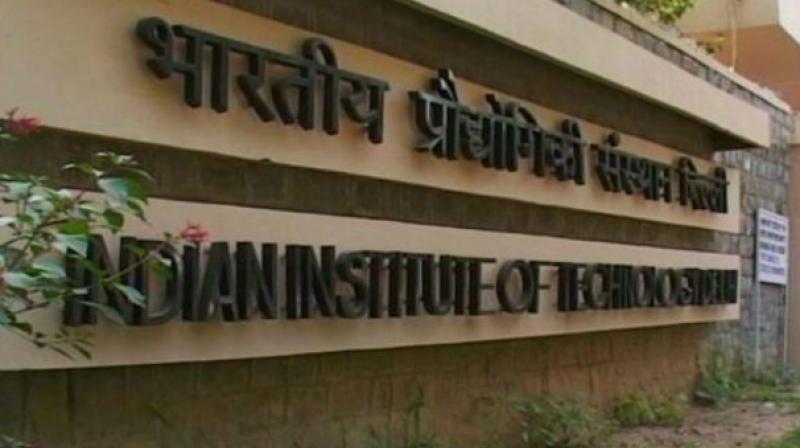Dwindling career prospects in the Indian academia
India has a record number of PhD students who are facing fewer employment and research opportunities.

Everyone agrees that the most important goal for Indian universities is to be in the Top 500 global rankings. What no one is sure of, is how to reach there. We have tried various ways to achieve the goal-more autonomous private universities, some of them tagged as ‘Institute of Eminence’ recently, separate funds to attract foreign faculty, and inviting private investments and tie-ups with universities.
One certain way that we would not reach the goal to be among elite institutions in the world is by not hiring faculty. Various reports suggest that there are 40 per cent of vacancies in Central universities and Indian Institutes of Technology, yet there is little enthusiasm about hiring new faculty.
The All India Survey on Higher Education report 2017-18 released in July 2018 says that there are 2.34 lakh lesser faculty members in higher education institutions in India now than in 2015-16. This dip in faculty is highest among Assistant Professors, with 1.21 lakh fewer assistant professors in 2017 as compared to 2015 (see graph). This is alarming, given that the entry to the higher education system usually starts at the Assistant Professor level.
This is also at a time when India has a record number of PhD students, who are facing fewer employment and research opportunities. India produced over 24,000 doctoral graduates, and is ranked fourth in the list that is led by USA with 68,000 graduates (Deccan Chronicle, April 2, 2018). The enrolment for PhD programmes has almost doubled, from 69,527 in 2011-12 to 1,39,218. This is significantly higher than the rise in enrolments either at MPhil or postgraduate levels. The career prospects of these increasing number of graduates is uncertain due to lack of enthusiastic hiring by Central and state universities. The decline in faculty hire is not limited to entry level academic jobs. Compared to 2015, there are currently 32,000 fewer Professors and 35,000 fewer Associate Professors, indicating a glut in the hiring or promotion of senior faculty. This shortage in senior faculty, who serve in important roles of mentoring new faculty, has a delimiting effect on the junior hires and their future prospects.
A second limitation is lack of opportunities for faculty to invest in research careers. Out of about 40,000 colleges, only 3.6 per cent of colleges run PhD programmes according to the All India Survey on Higher Education survey. And only just over a third of colleges run postgraduate- level programmes. In other words, PhD students constitute less than 0.5 per cent of total student enrolment in India, with about 80 per cent of students enrolled in undergraduate level programs. This severely limits the employed faculty’s ability to guide students in research projects, with a substantial amount of their time invested in teaching undergraduate programmes, particularly in building their skills for workforce such as training them to be copy writers, analysts, and others.
Third, mirroring the Indian society, there is a large gender gap in university faculty. Among Professors or equivalent, the number of female teachers per 100 male teachers has barely increased from 34 in 2013 to 37 in 2017-18, and among Reader and Associate Professor level, that figure was 53 in 2013 and 58 in 2017-18. Only among Lecturer/ Assistant Professor level, the number has slightly gone up from 64 female teachers per 100 male teachers to 74 in the last academic year.
Finally, many suggest that PhDs should seek employment in the private sector and they often do. But there are several limitations. For one, the scientific community would look down on choosing a commercial path. Second, these PhDs may be considered as either overqualified or too used to armchair criticism by the private sector. Moreover, Indian PhDs may be ill- equipped to make the jump, particularly if they are not trained to be either entrepreneurs or lacking expertise in a diverse methodologies due to lack of or limited coursework.
(The writer is Senior Lecturer, School of Communication, Journalism & Marketing, Massey University, Wellington, New Zealand)

